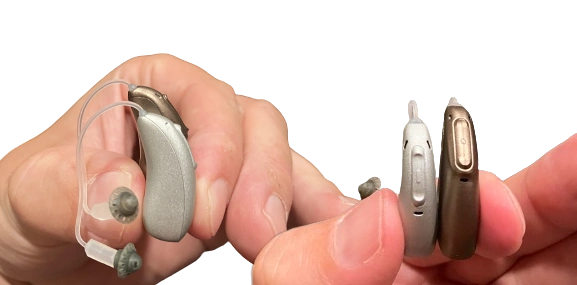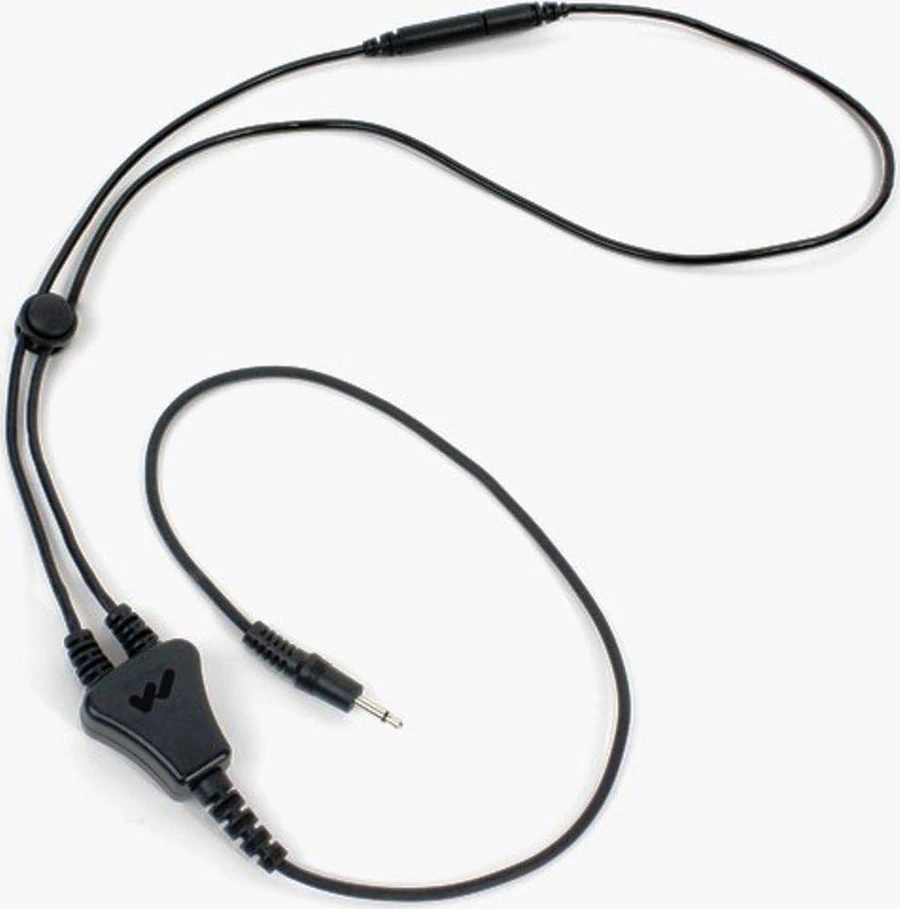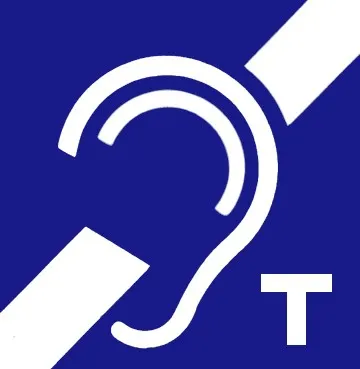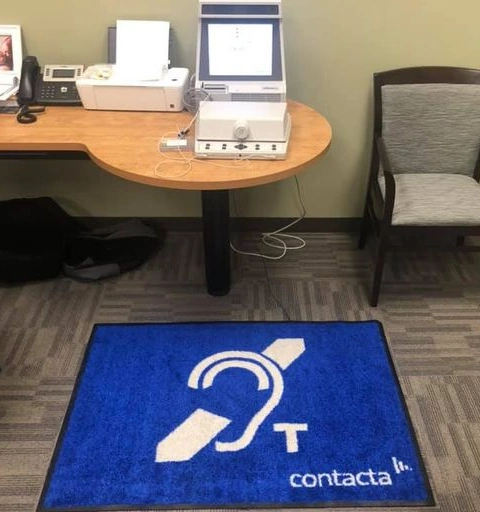If you are a hearing aid user who struggles to catch every word in performance theaters, lectures, places of worship, or even during phone calls, a hearing aid telecoil (T-coil) might be your solution for clearer sound and less background noise.
First introduced in the 1940s to help hearing aid wearers better use telephones, the telecoil works as a small antenna that picks up magnetic signals and converts them into sound. While its efficiency and size have improved over the years, the basic operating principle remains unchanged. This technology may be older than modern Bluetooth streaming, but it’s still valued for its simplicity, reliability, and widespread adoption in public spaces.
Thanks to its durability and ease of use, the T-coil continues to play a vital role in helping people with hearing loss hear clearly in challenging listening environments—especially in venues equipped with hearing loop systems.
Understanding Hearing Aid Telecoil (T-coil) and Loop Systems
Loop Demonstrations
A telecoil is a small copper wire coil inside a hearing aid or cochlear implant. Paired with a loop system, it captures electromagnetic signals and streams the audio directly into your hearing aids—bypassing background noise. The source could be a speaker on stage, a lecturer with a microphone, or even your telephone.
With a telecoil, the sound is delivered directly into your hearing aids, providing a clearer, more focused listening experience. Check current hearing aid prices with T-coil at ZipHearing.
Size of T-Coil Hearing Aids

Including a T-coil slightly increases the size of the hearing aid, but the difference is often negligible when worn. The added functionality is typically worth the minimal increase in size for those who regularly use loop systems or telecoil-compatible devices.
How Telecoil and Loop Systems Work
In a standard hearing aid, the microphone picks up sound, the amplifier processes it, and the receiver delivers it to your ear. When you activate the telecoil program, the microphone is bypassed. Instead, the telecoil detects electromagnetic signals—such as from a hearing loop—and converts them into sound.
This direct wireless transmission allows for a clearer sound experience, as you can adjust the volume and eliminate most background noise or room echo.
What is a Hearing Loop?
A hearing loop (or induction loop) is a sound system designed for people with telecoil-equipped hearing aids. It transmits sound directly from a microphone worn by a speaker into the hearing aid, avoiding distortion from distance or poor acoustics.
| Loop Component | Function |
|---|---|
| Microphone | Captures the speaker’s voice |
| Amplifier | Boosts and processes the signal |
| Loop Cable | Installed around the listening area; transmits the electromagnetic signal |
Loop systems are found in theaters, auditoriums, meeting rooms, houses of worship, and even some airports. They allow multiple hearing aid users to connect at the same time without needing separate devices.
Benefits of Telecoil & Loop Systems
- Clearer speech with both ears engaged
- Reduced background noise and echo
- No extra headset or device needed
- Works in many public venues worldwide
- Cost-effective accessibility
Possible Limitations
- Susceptible to electrical interference
- Requires loop infrastructure at the venue
- May slightly increase hearing aid size
- Not all phones are T-coil compatible
Personal T-Coil Neck Loop

T-coil neck loops connect to devices like TVs, phones, or music players and send the sound wirelessly into your hearing aids via the telecoil. This eliminates background noise, making the sound much clearer.
Is There a Telecoil in My Hearing Aid?
Your audiologist can tell you if your hearing aid has a T-coil and program a dedicated setting for it. You can switch programs using the hearing aid’s button, a remote control, or a mobile app.
Identifying Loop-Ready Venues

Look for the blue ear-and-T symbol to know a venue has a loop system. You can search locations using:
Auracast™: The Future Beyond T-Coils?
Auracast™, based on Bluetooth LE Audio, could eventually replace T-coils by allowing hearing aids to wirelessly pick up broadcasts from TVs, PA systems, and smartphones without a loop. It also supports multiple simultaneous audio streams, giving users more control over what they hear.
While T-coils will remain useful for years in existing infrastructure, Auracast’s flexibility and audio quality make it a promising future technology for hearing accessibility.

